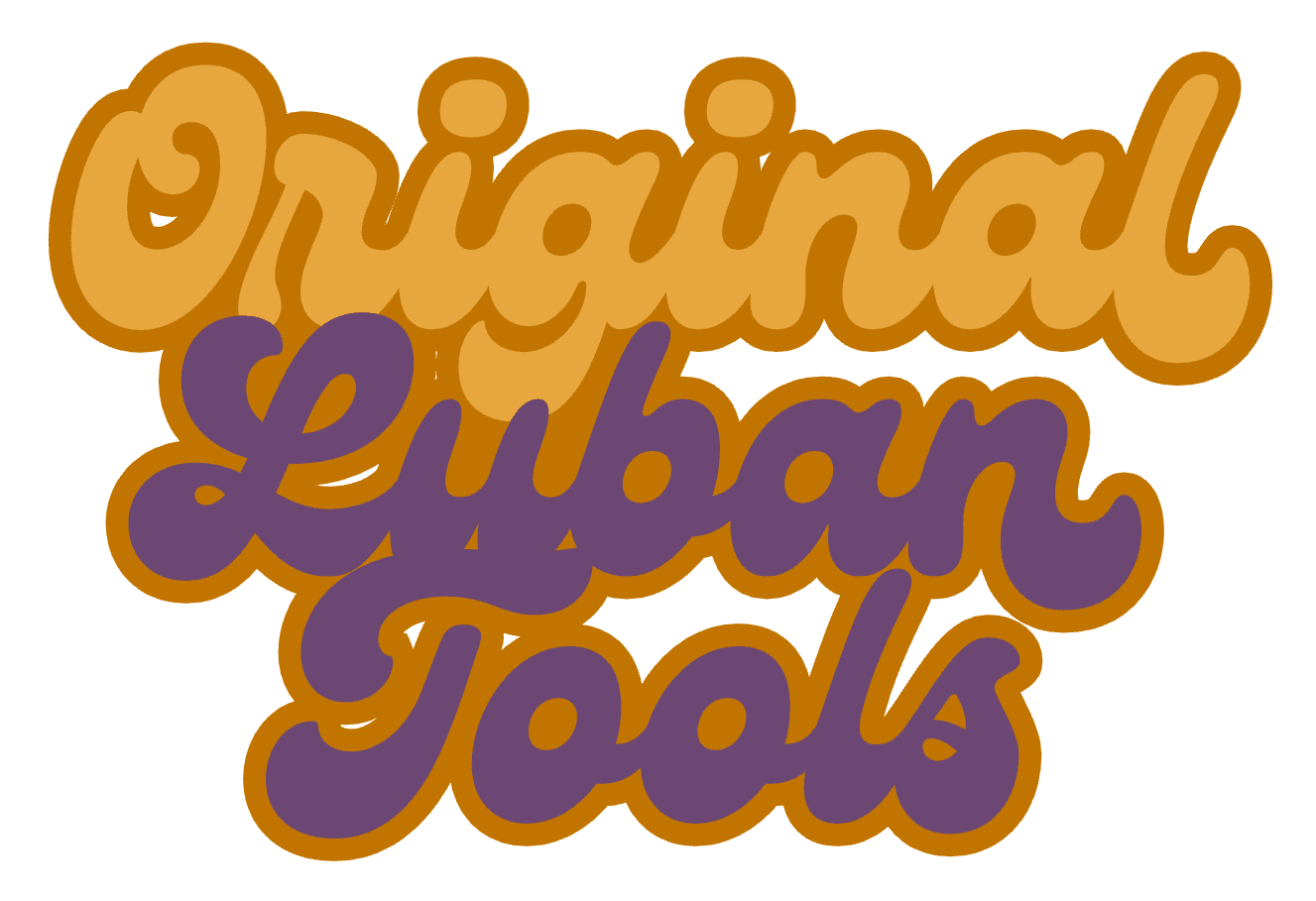🧠 9: Advanced Topics

“Precision in the grain. Confidence in the cut.”
Barnaby the Owl
Jonas stood in the corner of his shop, eyeing the gleam of a freshly honed cambered iron. Twelve months ago, he would have scoffed at the idea of needing anything beyond his trusty #4 smoother. But now, after several projects and countless hours on the bench, he understood: refinement lies in nuance.
This section is for those who, like Jonas, feel ready to explore beyond the basics.
🔧 1. Using Cambered Irons (For Jack & Jointer Work)
A cambered iron (one with a gentle arc across the cutting edge) is critical for aggressive material removal and edge jointing.
- Jack Plane Use: A cambered blade allows you to hog off high spots without leaving harsh plane tracks. Perfect for flattening boards perfectly.
- Jointer Plane Use: A subtle camber can be used for edge jointing where a slight hollow helps with glue-up and ensures the only high points are the visible ones in a joint (i.e. the edges)
- Tips: Use a honing guide, apply consistent pressure at the edges, and test on pine before touching your prized walnut.
⛰️ 2. High-Angle Planing: Tackling Wild Grain
Sometimes, wood fights back. Jonas once tried smoothing curly maple with a standard angle smoother. The result? Tear-out city.
- Enter the York pitch plane (50°) or high-angle frog upgrades.
- These tools attack difficult grain—like tiger maple, cocobolo, or quartersawn white oak—by pushing the fibers down before slicing.
- Great alternative: Bevel-up planes like a No. 62 with an iron blade ground at a high agle (~45–50°). This is a key advantage of having a bevel-up handplane as it gives it so much versatility by simply having a few irons ground at different angles
🧠 Higher angles mean less tear-out but slightly more effort. This is because the higher the angle the more resistance the material presents to the handplane.
🧪 3. Blade Steels: A2 vs. O1 vs. PM-V11
These days, there are different steels available for iron blades, each with their pros and cons.
| Steel Type | Traits | Best For |
| O1 | Sharpens easily; keen edge | Sharpest edge Fine smoothing. Highly figured wood |
| A2 | Holds edge longer; harder to hone | Everyday planing Heavy-duty work |
| PM-V11 | Long-lasting & tough | Everyday planing Heavy-duty work Slightly easier to sharpen than A2 |
🛠️ 4. Custom Tuning for Specialized Work
By now, Jonas had a dozen handplanes. But it wasn’t hoarding—it was purpose-driven.
- Mouth Adjustment: He narrowed the throat of his smoothing plane with a thicker cap iron for ultra-thin shavings.
- Back Beveling: On tricky woods, a 5° back bevel turned a standard bevel-down iron into a high-angle cutter.
- Sole Shaping: He gently relieved the toe and heel of his jointer plane, creating a “belly” to focus contact mid-stroke—ideal for edge jointing.
⚙️ Tuning a plane is like tuning a guitar—it’s about harmony between tool and task.
✂️ 5. The Art of Spokeshaving: Curves in the Grain
Jonas first reached for a spokeshave when building a set of Windsor chairs. The arm bow had a graceful sweep—far beyond the reach of even the smallest block plane. That’s when he discovered that handplanes rule the flats, but spokeshaves own the curves.
🛠️ What Is a Spokeshave?
Think of a spokeshave as a cross between a plane and a drawknife. It has a short sole, a small blade, and is pulled (or pushed) across wood to shape curved surfaces.
Spokeshaves come in three primary types:
| Type | Best Use | Notes |
| Flat Sole | Outside curves (e.g., chair arms, tool handles) | Most versatile |
| Round Sole | Inside curves (e.g., seat scoops, deep hollows) | More skill required |
| Concave (Specialty) | Shaping cylindrical pieces (e.g., dowels) | Less common |
🧰 Tuning & Use
Just like planes, spokeshaves benefit from thoughtful setup:
- Sharpening: Jonas honed his spokeshave blade to a mirror polish with a tiny micro-bevel. Razor sharpness is key.
- Sole Check: He occasionally flattened the spokeshave’s sole with sandpaper on glass to ensure precision.
- Grip and Angle: He learned to vary the shaving angle—steeper for rough work, shallower for finesse.
🔍 “Feel” is everything. The sound of the cut, the resistance in your hands—that’s how you know it’s tuned right.”
🪑 Project Applications
Jonas used spokeshaves for:
- Chair legs and stretchers
- Bowed cabinet handles
- Paddle blades
- Arch-top instrument necks
- Decorative profiles on curved moldings
And each time, the result was the same: total control, pure joy, and curves that came alive under his fingers.
🔚 Why Spokeshaves Matter
Mastering the spokeshave is like learning to sketch with a fine pencil. It invites intimacy with the material. No dust collector, no roar—just you, the tool, and the grain revealing itself in motion.
🎙️ “When you see a curved edge that fits perfectly in the hand, a spokeshave was probably there.”
📦 Jonas’ Setup at a Glance
| Task | Tool | Setup |
| Regular flattening | No. 5 | Cambered iron blade |
| Rough flattening | No. 5 1/2 Jack | Heavy camber |
| Edge jointing | No. 7 Jointer | Subtle camber |
| Final smoothing | No. 4 Smoother | Straight cutting edge, tight mouth |
| Wild grain | No. 62 Bevel-up plane | 50° micro-bevel, tight mouth |
| Chair leg shaping | Spokeshave | One flat-sole and one curved-sole spokeshave |
🔚 The Craftsman’s Edge
Advanced handplaning isn’t about collecting tools—it’s about solving problems with refined precision. Jonas didn’t rush into these upgrades. He earned them. One board. One misstep. One perfect curl at a time.
And so will you.

